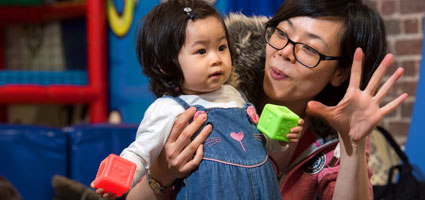Starting out
This section is for those who are new to early years programming, or are running a few early years activities as part of a wider family offer. You’ll find case studies covering topics such as sessions for babies, toddlers and Foundation Stage schools as well as an article written by Jo Graham on why museums are great learning spaces for under 5s.
-
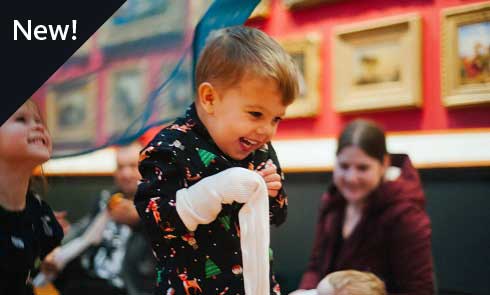
Festive Play
Case study by the V&A
Find out how the story of The Twelve Days of Christmas inspired the V&A to develop a brand new sensory storytelling session in partnership with their Visitor Experience department.
-
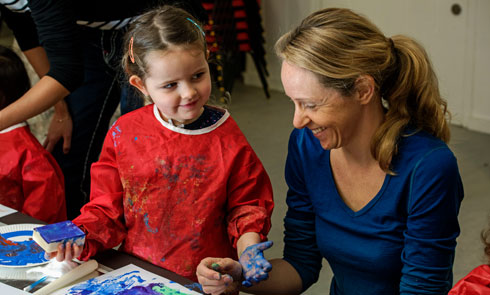
The importance of adult involvement
Museum of London
Valuing and involving adults as participants, underpins all of the work with early years audiences at the Museum of London. Why is it important, how do they do it, and what are the benefits?
-
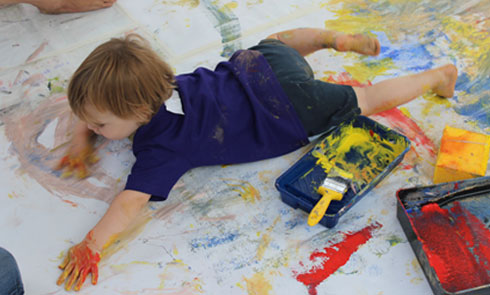
Art Adventurers
Case study by Dulwich Picture Gallery
What happened when the first purpose-built public art gallery developed a brand new offer for 2-4 year olds? How did different colleagues, families and other visitors respond?
-
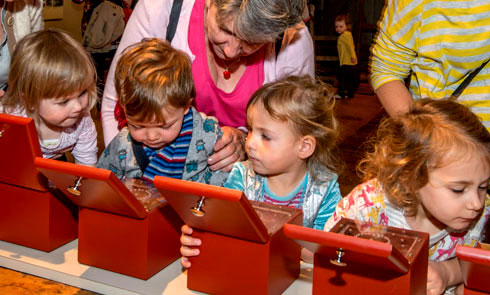
Museums as spaces for curiosity and conversations
Article by Jo Graham
Can you be too young to visit a museum? In this article Jo Graham explains how young children learn and the opportunities this presents for museums and their programmes.
-
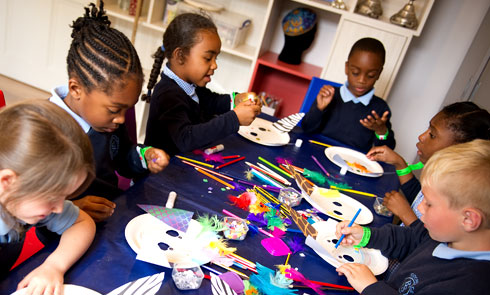
Stories from the Torah: Noah and the Ark schools workshop
Case study by the Jewish Museum
Explore how the Jewish Museum tailored an offer for Foundation Stage schools, using storytelling and object handling to engage young children with their collection.
-
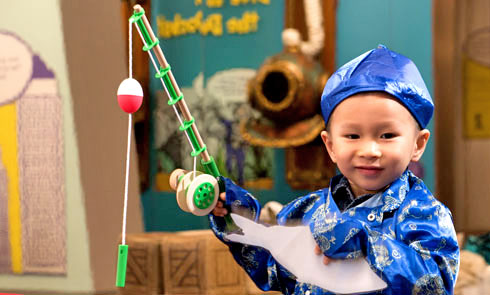
Delivering story time with your Visitor Experience team
Case study by the Museum of London
Find out how the Museum of London Docklands has proven working with your Visitor Experience department can enhance the breadth and quality of your under 5s programme.
-
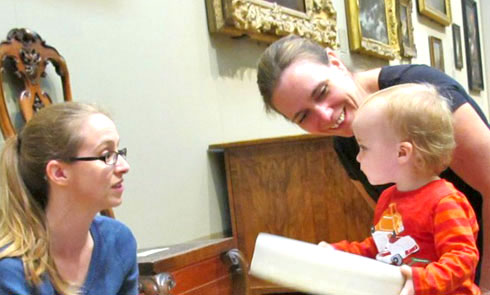
Nobody puts baby in a corner!
Case study by the Fitzwilliam Museum
Learn the importance of listening to your youngest visitors. See how the Fiztwilliam developed their Baby Magic sessions in response to a need for more options for babies.
-
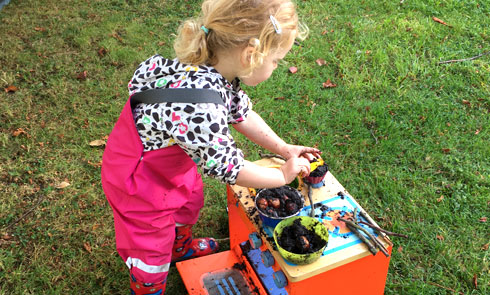
A recipe for muddy fun with under 5s
Case study by the Horniman Museum and Gardens
The Horniman Museum and Gardens experimented with drop-in and open-ended play opportunities for families by creating their very own Mud Kitchen in their gardens.
-
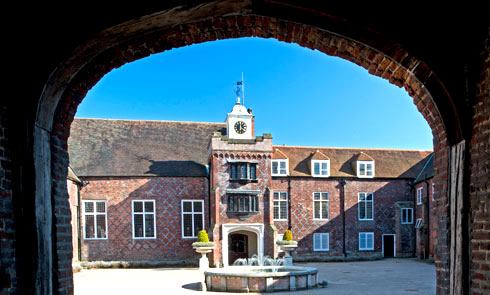
Developing Palace Explorers at Fulham Palace
Case study by Fulham Palace
Find out how Fulham Palace reviewed the quality of their under 5s offer and increased community awareness through their Palace Explorers programme.
-
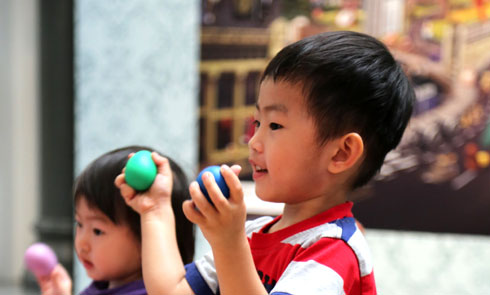
Singing and stories at London Transport Museum
Case study by London Transport Museum
The London Transport Museum encouraged families to explore their permanent galleries, working with Artburst to develop singing and story sessions for under 5s.
-
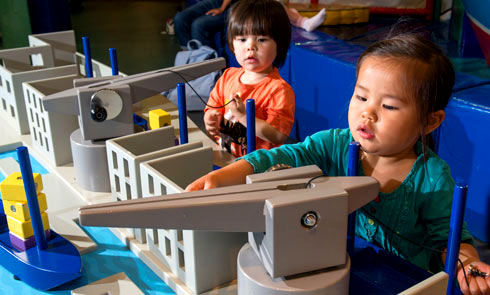
Family-friendly gallery interventions
Case study by Museum of London
How can you make your galleries more family friendly? The Museum of London Docklands created pockets of playfulness within their existing spaces.
-
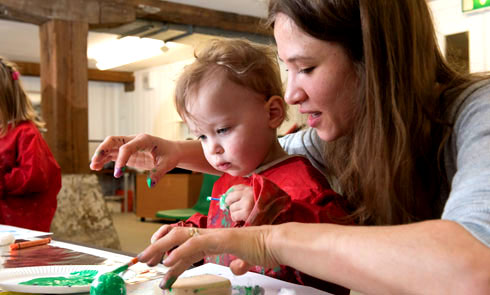
Early Years film
Museum of London
Be a fly on the wall and discover how children under three learn in museums. Go behind the scenes of the Museum of London Docklands' early years programme with Jo Graham.
Film -
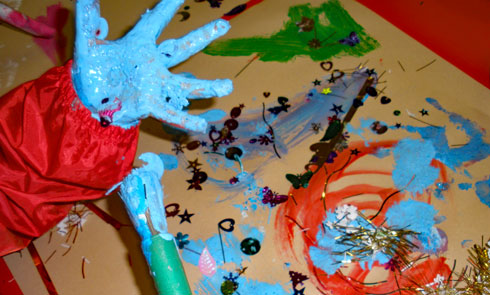
Messy play
Museum of London
A river Thames made out of apple sauce, shaving foam and food colouring? Hear how the Museum of London Docklands encourages families to get messy, and why it’s so important.
-
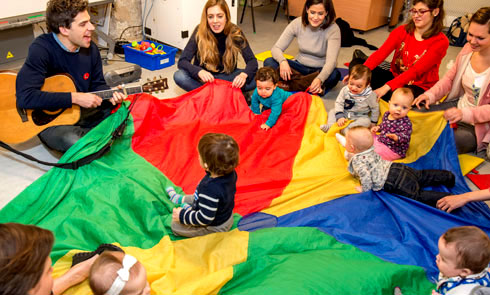
Evaluating provision for under 5s
Museum of London
Recommendations for evaluating provision for under 5s, including how evaluation has influenced the Museum of London's programming over the last 10 years.
-
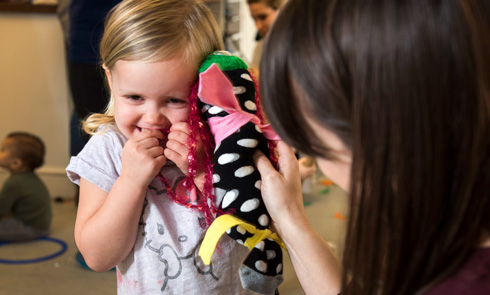
Marketing to the parents and carers of under 5s
Museum of London
Looking for guidance on how to advertise your offer? This guide explains how to better understand your audiences and how best to reach them, whether you have little to no budget or if you have money to spend.
-
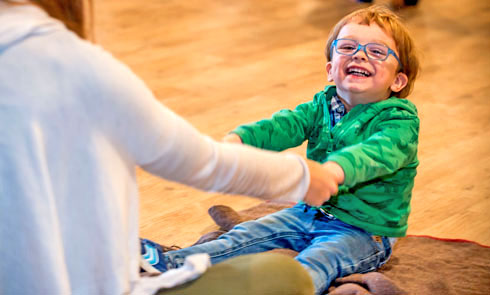
Sample resources
Museum of London
A collection of handy sample resources for working with under 5s, from a messy play handout for first time attendees, to risk assessment and evaluation templates.
-
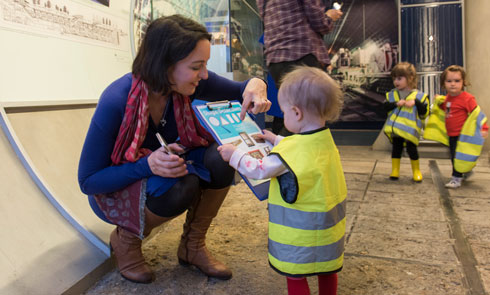
Self-directed resources for families with children under 5
Museum of London
Self-directed resources offer a way for families with children under five to feel welcome, comfortable and supported while visiting a museum or gallery. Take inspiration from the Museum of London’s family resources – including a baby sensory mat!
-
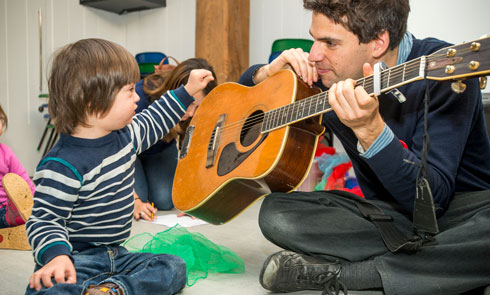
The early years programme at the Museum of London
Museum of London
From weekly baby and toddler sessions, to special pirate-themed summer shows and a two-day Toddler Takeover festival weekend, find out how the Museum of London run their programme.
-
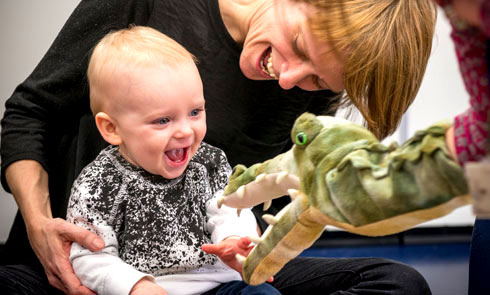
Top tips
Museum of London
Explore the Museum of London's top tips for working with under 5s. Discover must have resources, how to make the most of gallery visits and more.
-
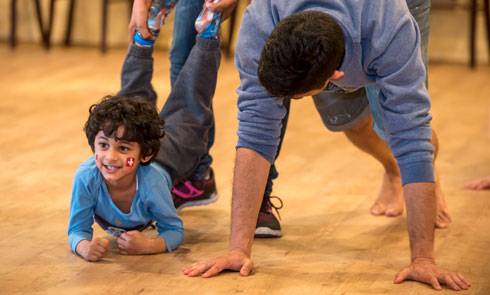
Lessons learnt
Museum of London
In this piece, the Museum of London and Museum of London Docklands reflect on over nine years of running an early years programme and share the key lessons we have learnt.
-
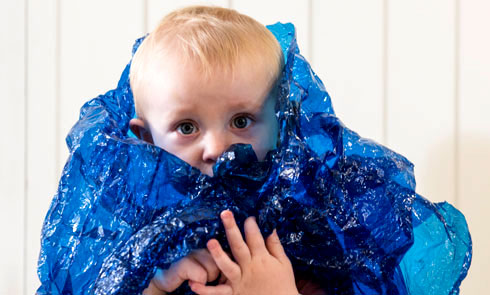
Useful links
Museum of London
A list of websites, publications and projects that have proven useful when working with under 5s at the Museum of London.








